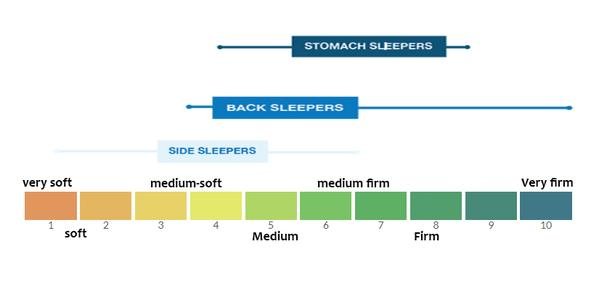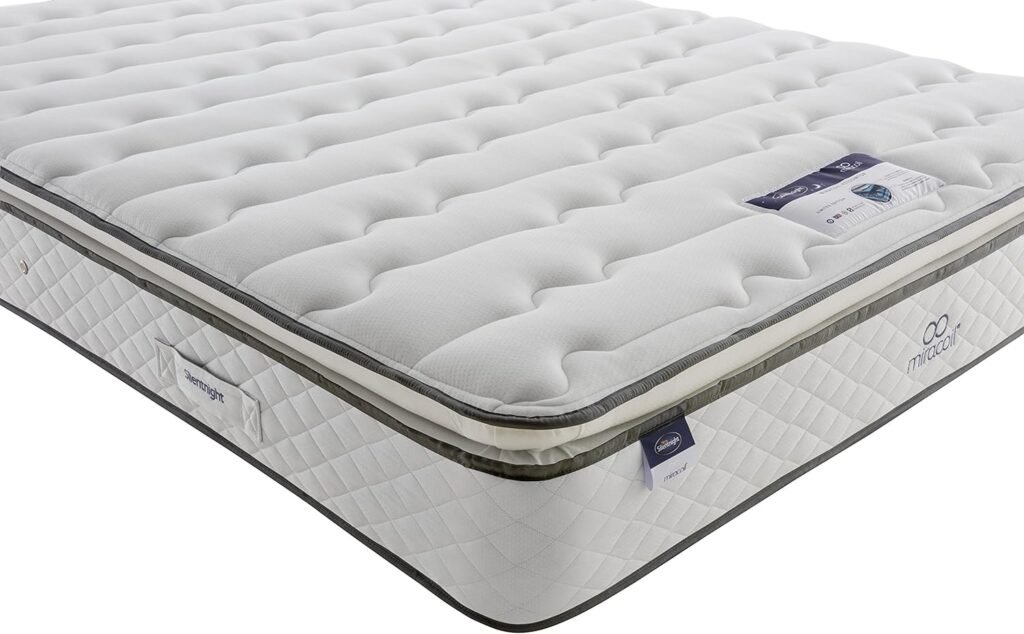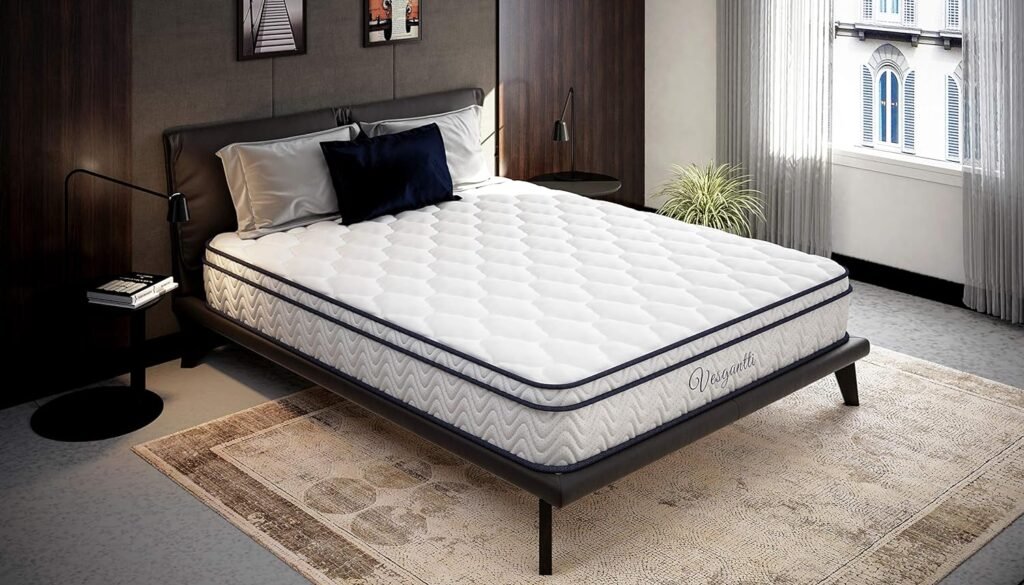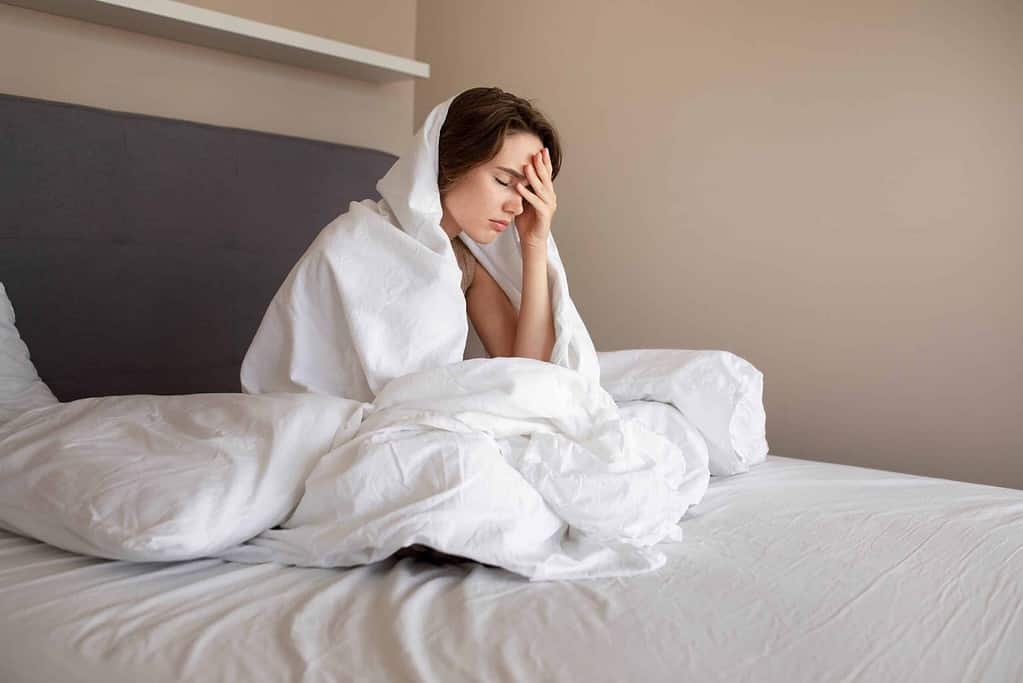How to Make a Mattress Firmer
Mattresses are like old friends; just like old friends, they can sag with age. However, this doesn’t mean you must rush out and buy a new mattress. No matter if your mattress is a firm model, it is likely that the passage of time will make your mattress begin to soften and lose its support. In this article, I offer options to prolong that friendship and give that mattress a new lease of life with some handy tips on making that mattress firmer. First, let us discuss some aspects of mattress firmness and why it matters:
Understanding Mattress Firmness
When choosing the best mattress in the UK, perhaps firmness is the most crucial factor. We are all different weights and shapes, sleep in different positions and suffer from back issues. These crucial aspects help decide which type of mattress suits us. In addition, mattresses are rated according to their firmness. However, there is no standard scale that these ratings comply with; many firms will use their categorisation to describe the firmness of their mattress range.
In the UK, the firmness of a mattress is often described using a scale from 1 to 5, where 1 denotes the softest, and 5 refers to the firmest mattress available. Unfortunately, there are no hard and fast rules that describe what type of person will prefer which mattress, but there are pretty good generalisations that will help you pick the correct firmness that suits you. The list below summarises a fairly standard mattress categorisation and the type of sleeper each mattress is best suited for in most instances:
1. Soft mattress
Best For:
- Lightweight
- Restless Sleepers
- Side Sleepers
Lighter-weight people put less pressure on a mattress, meaning a softer mattress will offer all the support they need. A softer mattress is also an excellent option for side sleepers, as this style requires less support.
2. Medium Soft
Best For:
- Lightweight to average size
- Side Sleepers
- Occasional position shifts
This is an excellent choice for those of average weight who tend to sleep on their sides. It offers more support than the softest option yet is still pliable enough to allow easy movement for those who shift position when sleeping.
3 Medium Firmness
Best for:
- Average weight
- All types of sleeping position
Not unexpectedly, a medium firmness mattress is the most popular choice. For most people, the balance between support and softness that a medium mattress offers is right in the middle of the “Goldilocks zone.”
4. Medium Firm
Best for:
- Average to above-average weight
- Back / Side Sleepers / Front Sleepers
This is a choice that many back pain sufferers of average weight prefer. It offers enough support to maintain spine and lower back alignment but is soft enough without compromising the comfort that a “little bit of give” offers.
4. Firm
Best for:
- Above-average sizes
- Back and front sleepers
- Back pain sufferers
The firmest option can be a perfect choice for those of larger dispositions. It is also frequently used by those who suffer from back pain due to their ability to maintain spinal alignment.
6 Tips to Make Your Mattress Firmer
No matter how soft or firm your mattress begins its life, there will come a time when it loses some of its firmness. But before you rush out to purchase a new mattress, here are some great options that can help you prolong the life of your mattress.
1. Mattress Toppers – A mattress topper is the most straightforward and popular method of restoring firmness to that ailing mattress. As the name suggests, this is a top layer on your mattress. Mattress toppers come in various firmnesses, so it is easy to pick one that will suit your needs and help restore some, if not all, of that missing firmness.
2. Firm up the base of your bed – Sometimes, the base of your bed is partially responsible for the softening effect. Simply placing a sheet of plywood under the mattress or even replacing the slats in certain bed types is all required.
3. Turn or rotate your mattress regularly – Sleeping on the same part of the mattress can make that area soft. Turning or rotating your mattress can help redistribute the filling and help keep the mattress firmer for longer. Many types of mattresses, memory foam mainly, are designed to be used one side up only. In these instances, the mattress can only be rotated. Always check the manufacturer’s instructions before doing so.
4. Adjust your bedding – Including a blanket below your sheet that is pulled tight around your mattress can act as an ad-hoc mattress topper. Similarly, ensuring that your sheets are tightly tucked around the mattress can act as a support mechanism and make the mattress feel firmer.
5. Environmental issues – Moisture in the air and sweat can soften a mattress. The frequent airing of a mattress is a simple way of restoring some of that lost firmness. All this requires is to take the bedding from your mattress and open the bedroom windows for as long as possible. It is even more effective if you remove the mattress from your bed and leave it standing on its edge for a short while (don’t leave it like this for too long!) Memory foam mattresses are also affected by their environment. In this case, it is heat; memory foam mattresses work by reacting to body heat. One side effect is that they tend to soften in warmer months as the temperature increases. Keeping your bedroom cooler can help alleviate this softening.
6. Buy a New Mattress – Unfortunately, sometimes it is time to admit that the saggy old friend has come to the end of the road. Mattresses have a finite lifetime; most will last between 7 and 10 years, although this depends on factors like frequency of use and the weight of sleepers.
And it isn’t just the firmness of the mattress that needs to be considered. Although older mattresses are a haven for bacteria and dust mites, for allergy and asthma sufferers, this can cause problems.
A Firm Conclusion
Hopefully, the above tips will help restore some firmness to that ailing mattress. A good night’s sleep is essential for our overall well-being, and a good night’s sleep starts with a comfortable mattress. From buying a mattress topper to simply airing your mattress, there are many ways to stretch out the life of a mattress. Hopefully, some of the tips in this article will help you get that crucial support back at bedtime.



